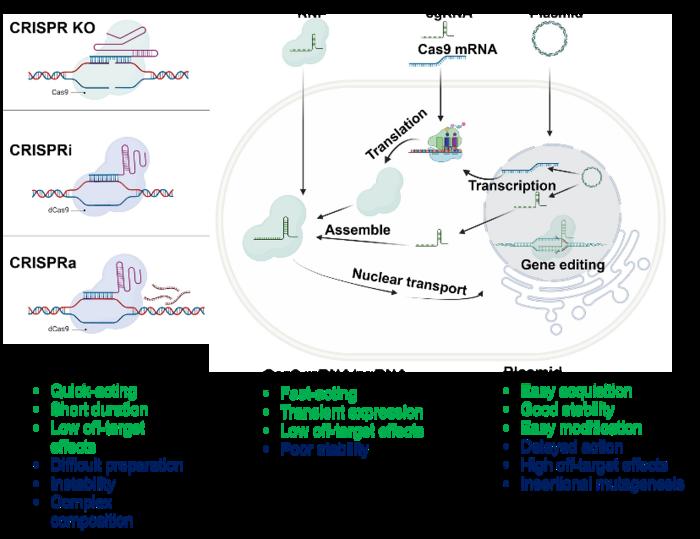
Credit: Thomas Marler
The study of plant root behavior has always taken a back seat to the study of above-ground plant parts. But this hidden plant organ is just as important as stems, leaves, flowers, and fruits. Recent research from the University of Guam has revealed that the timing of daily root extension is under the influence of the age and size of a plant. The results appear in the current issue of the journal Plant Signaling & Behavior.
The experimental approach determined the percentage of root extension that occurred during nighttime and daytime, and included three closely related species of Serianthes. "Serianthes nelsonii is Critically Endangered so including this species in the study was particularly rewarding," said author Thomas Marler.
The three woody tree species exhibited a preference for nighttime root extension, with about two thirds of the 24-hour root extension occurring during the dark for newly emerged seedlings. But the percentage of root extension that occurred during the daytime increased as the plants became older and larger.
According to Marler, this Guam research contributes to the area of biology called "ontogeny," which is the study of organisms or a structural or behavioral feature of organisms from initiation to maturity. Most of the time the causal variable for an ontogenetic shift is difficult to ascertain. In this study, for example, the plants increased in age but also increased in size as the root behavioral responses were measured from germination to 2-meter-tall saplings. The decline in preference for nighttime root extension may have been a response to age (independent of size) but also may have just been a response to plant size (independent of age).
"To my knowledge, this is the first study to reveal a shift in nighttime versus daytime root extension rates during ontogenetic changes in plants," said Marler. The Guam-based research also highlights how endangered plants that are under the protection of federal permitting agencies can be used for non-destructive studies that contribute to general biology.
###
Media Contact
Olympia Terral
[email protected]
http://www.uog.edu
Related Journal Article
http://dx.doi.org/10.1080/15592324.2017.1327496





